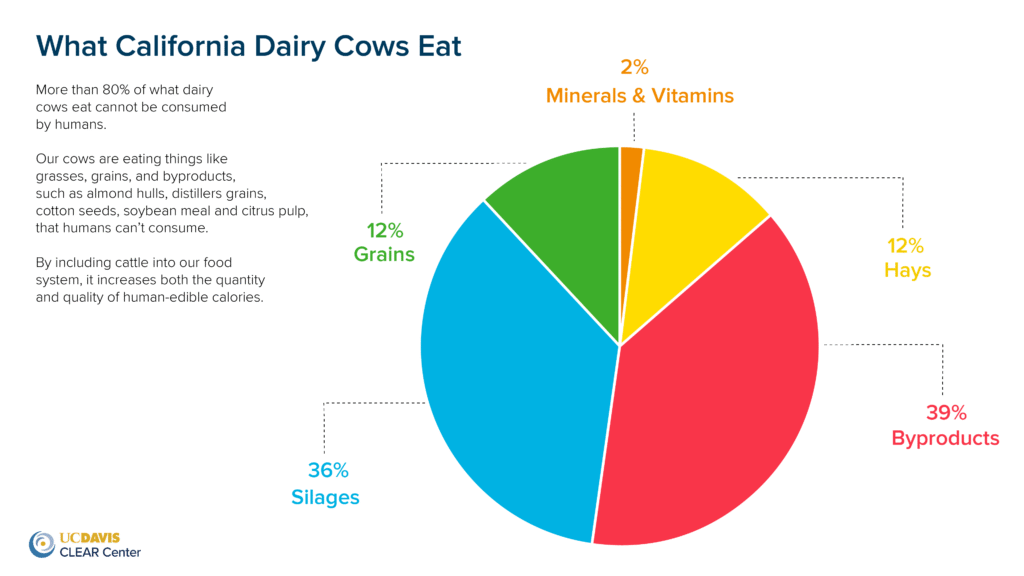
The question of how many people one cow can feed is a complex one, often debated in discussions about food security and sustainable agriculture. While it might seem straightforward, the answer isn’t a simple number. The amount of sustenance a single cow provides depends on various factors, including the type of cow (dairy or beef), individual consumption levels, dietary preferences, and agricultural practices employed. This article will delve into these factors to provide a comprehensive understanding of how many people one cow can realistically feed.
This article will explore the different aspects influencing this calculation, starting with the basic premise of how many people can 1 cow feed based on milk production versus meat yield. We’ll then examine the crucial factors that affect food production from cows, including diet, breed, and environmental conditions. A comparison between dairy and beef cattle will highlight their distinct contributions to feeding populations. Finally, we’ll discuss sustainable farming practices and their impact on maximizing the nutritional output of livestock for global food security.
How Many People Can One Cow Feed?
Generally, a single dairy cow can produce enough milk to sustain approximately 20 people daily. This estimate is based on an average daily milk yield of around 5 gallons per cow and assuming a moderate consumption rate of about 1 quart per person per day. However, it’s important to note that this figure can vary significantly depending on factors like the breed of cow, its diet, and overall health.
On the other hand, beef cattle are raised primarily for meat production. While a single cow can provide a substantial amount of meat, feeding people directly from this source is less straightforward. The yield of edible meat from a beef cow varies based on factors such as its breed, age at slaughter, and the intended cuts. A typical beef cow might yield around 500 pounds of usable meat, which could potentially feed a significantly smaller number of people compared to a dairy cow’s milk output.
Factors Affecting Food Production
Several crucial factors influence how much food a cow can produce:
- Diet: A cow’s diet directly impacts its milk production and overall health. High-quality forage, supplemented with grains and minerals, is essential for optimal growth and nutrient synthesis.
Breed: Different breeds of cows have varying genetic predispositions for milk or meat production. Some breeds are specifically bred for high milk yields, while others excel in producing leaner beef.
Environmental Conditions: Factors like temperature, humidity, and access to clean water significantly affect a cow’s well-being and productivity. Extreme weather conditions can negatively impact feed quality and overall health, leading to reduced food production.
- Management Practices: Proper veterinary care, disease prevention strategies, and efficient feeding practices are crucial for maximizing a cow’s potential.
The Role of Genetics
Selective breeding plays a vital role in enhancing food production from cows. Over generations, farmers have selectively bred animals with desirable traits, such as high milk yields or leaner meat composition. This genetic improvement has significantly increased the amount of food that can be produced from a single cow.
Dairy Cows vs. Beef Cattle
Dairy cows and beef cattle serve distinct roles in feeding populations:
- Dairy Cows: Primarily raised for their milk production, dairy cows contribute significantly to global food security by providing a readily available source of protein and essential nutrients. Their milk is consumed directly or processed into various dairy products like cheese, yogurt, and butter.
- Beef Cattle: Raised primarily for meat production, beef cattle provide a valuable source of protein for human consumption. The meat from beef cattle is versatile and can be prepared in numerous ways, making it a staple food in many cultures worldwide.
While both types of cattle contribute to feeding people, their outputs differ significantly. Dairy cows produce a continuous supply of milk, which can sustain a larger number of individuals over time compared to the finite amount of meat produced from a single beef cow.
Sustainable Farming Practices
Sustainable farming practices are crucial for maximizing the impact of livestock on food security while minimizing environmental impact:
- Rotational Grazing: Rotating cattle between different pastures allows for natural regeneration of vegetation, reducing soil erosion and promoting biodiversity.
- Manure Management: Properly managing manure as a fertilizer can enhance soil fertility and reduce reliance on synthetic fertilizers.
- Feed Efficiency: Optimizing feed rations and minimizing waste can improve the efficiency of converting feed into food, reducing resource consumption.
By adopting sustainable practices, farmers can ensure that livestock production remains a viable and environmentally responsible source of food for growing populations.
Impact on Food Security
Livestock, including cows, play a vital role in global food security by providing essential nutrients and contributing to livelihoods:
- Protein Source: Both dairy and beef products are significant sources of protein, a crucial nutrient for human health and development.
- Economic Importance: Livestock farming provides income and employment opportunities for millions of people worldwide, particularly in developing countries.
- Food Security Challenges: However, challenges such as climate change, land degradation, and disease outbreaks can threaten livestock production and impact food security.
Conclusion
Determining how many people can 1 cow feed is a complex issue influenced by various factors. While a dairy cow can theoretically sustain approximately 20 people daily through its milk production, beef cattle provide a finite amount of meat. Sustainable farming practices are crucial for maximizing the nutritional output of livestock while minimizing environmental impact. Ultimately, ensuring global food security requires a multifaceted approach that includes responsible livestock management, technological advancements, and equitable access to resources.
